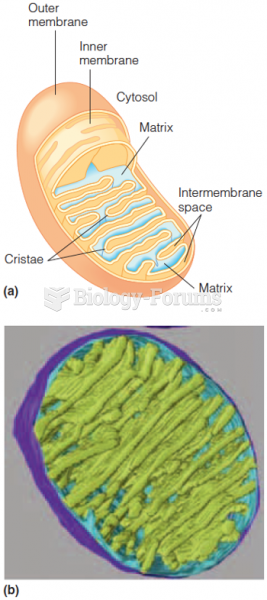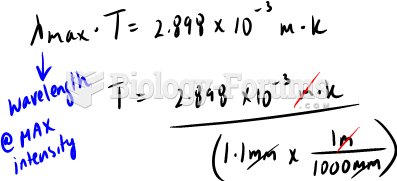|
|
|
The word drug comes from the Dutch word droog (meaning "dry"). For centuries, most drugs came from dried plants, hence the name.
Lower drug doses for elderly patients should be used first, with titrations of the dose as tolerated to prevent unwanted drug-related pharmacodynamic effects.
Certain rare plants containing cyanide include apricot pits and a type of potato called cassava. Fortunately, only chronic or massive ingestion of any of these plants can lead to serious poisoning.
Nitroglycerin is used to alleviate various heart-related conditions, and it is also the chief component of dynamite (but mixed in a solid clay base to stabilize it).
For pediatric patients, intravenous fluids are the most commonly cited products involved in medication errors that are reported to the USP.
 A Toyota/Lexus hybrid electric vehicle has a ready light. If the ready light is on, the engine can ...
A Toyota/Lexus hybrid electric vehicle has a ready light. If the ready light is on, the engine can ...
 Apply light circular friction over the wrist using your thumbs. Observe the skin moving over the ...
Apply light circular friction over the wrist using your thumbs. Observe the skin moving over the ...





